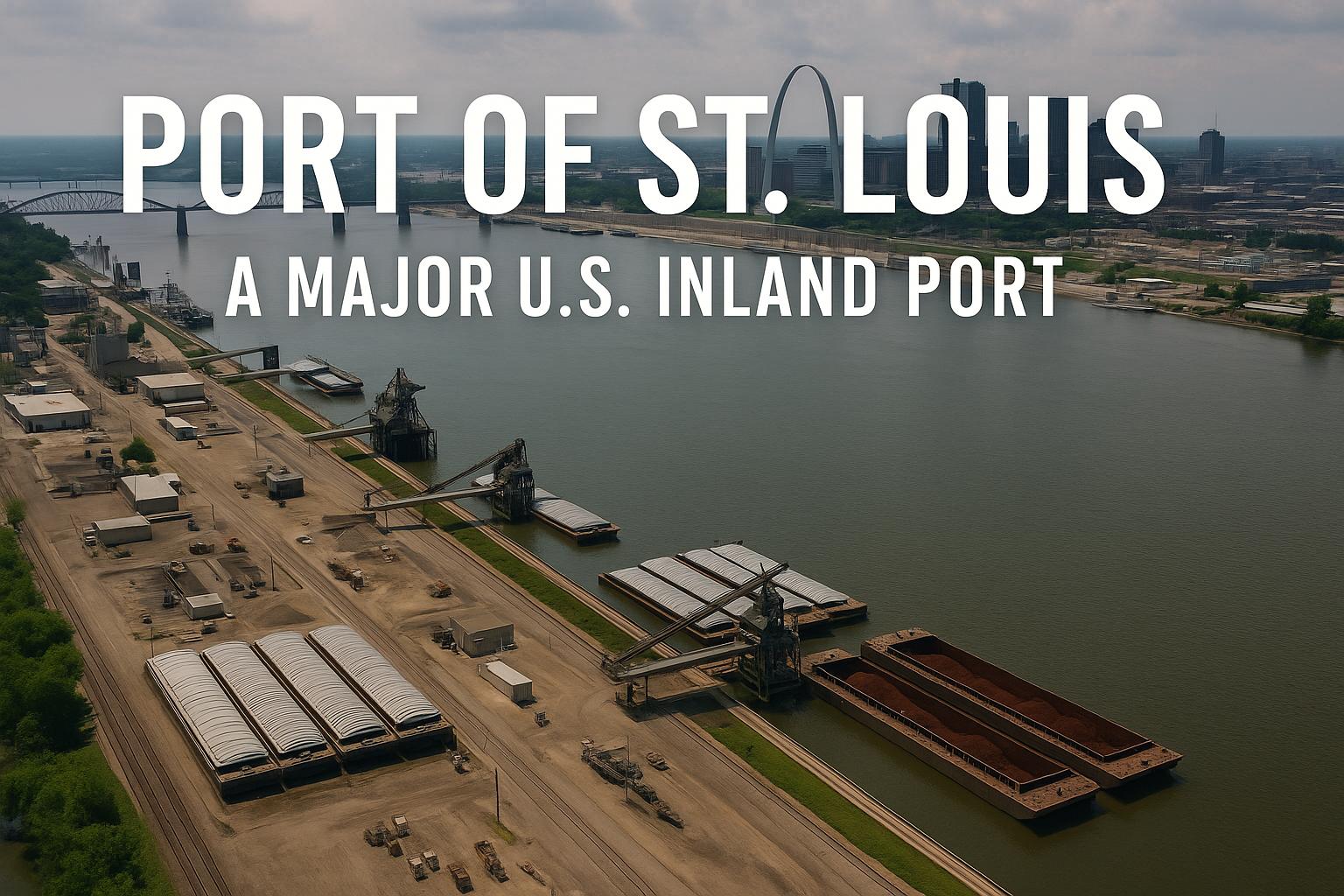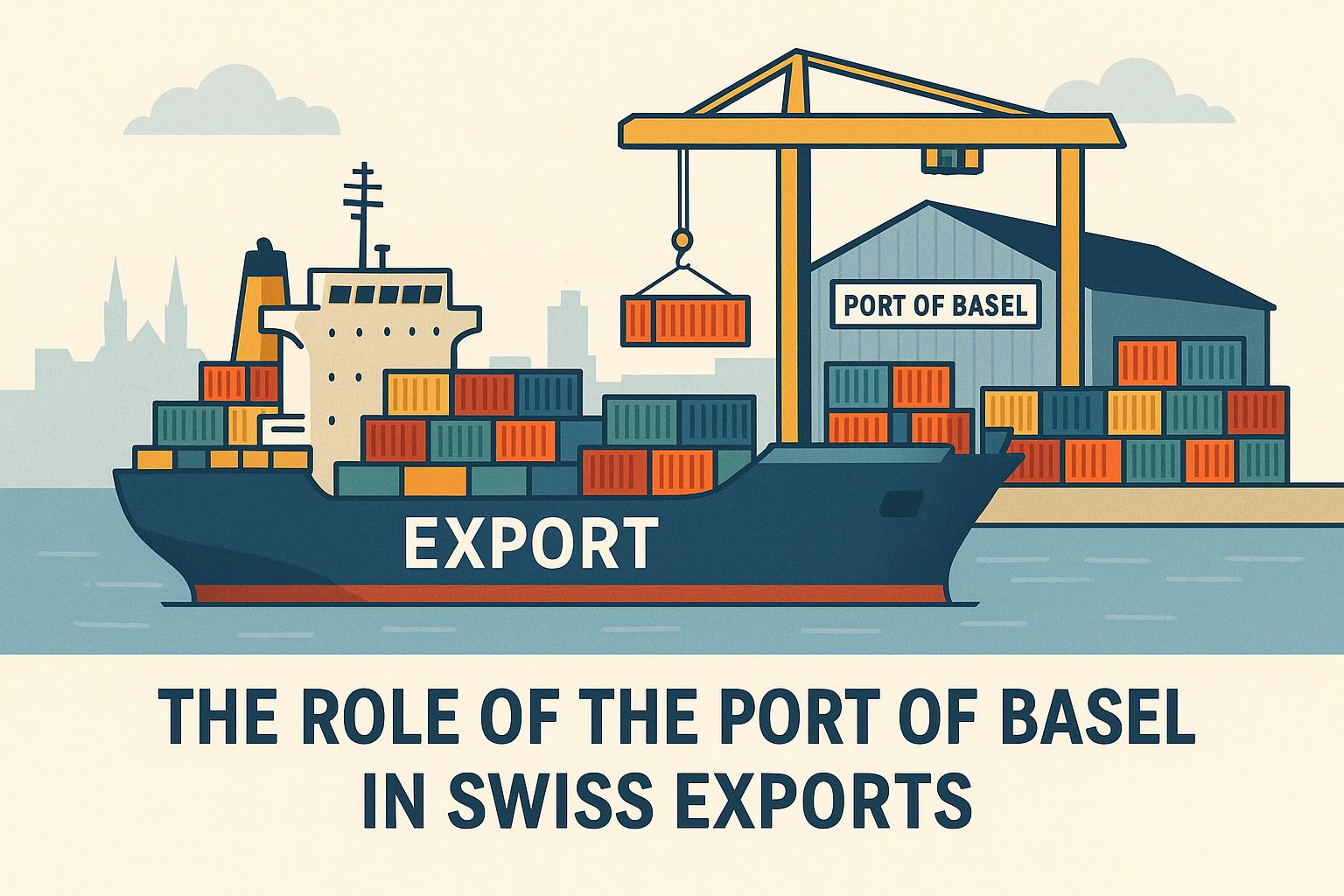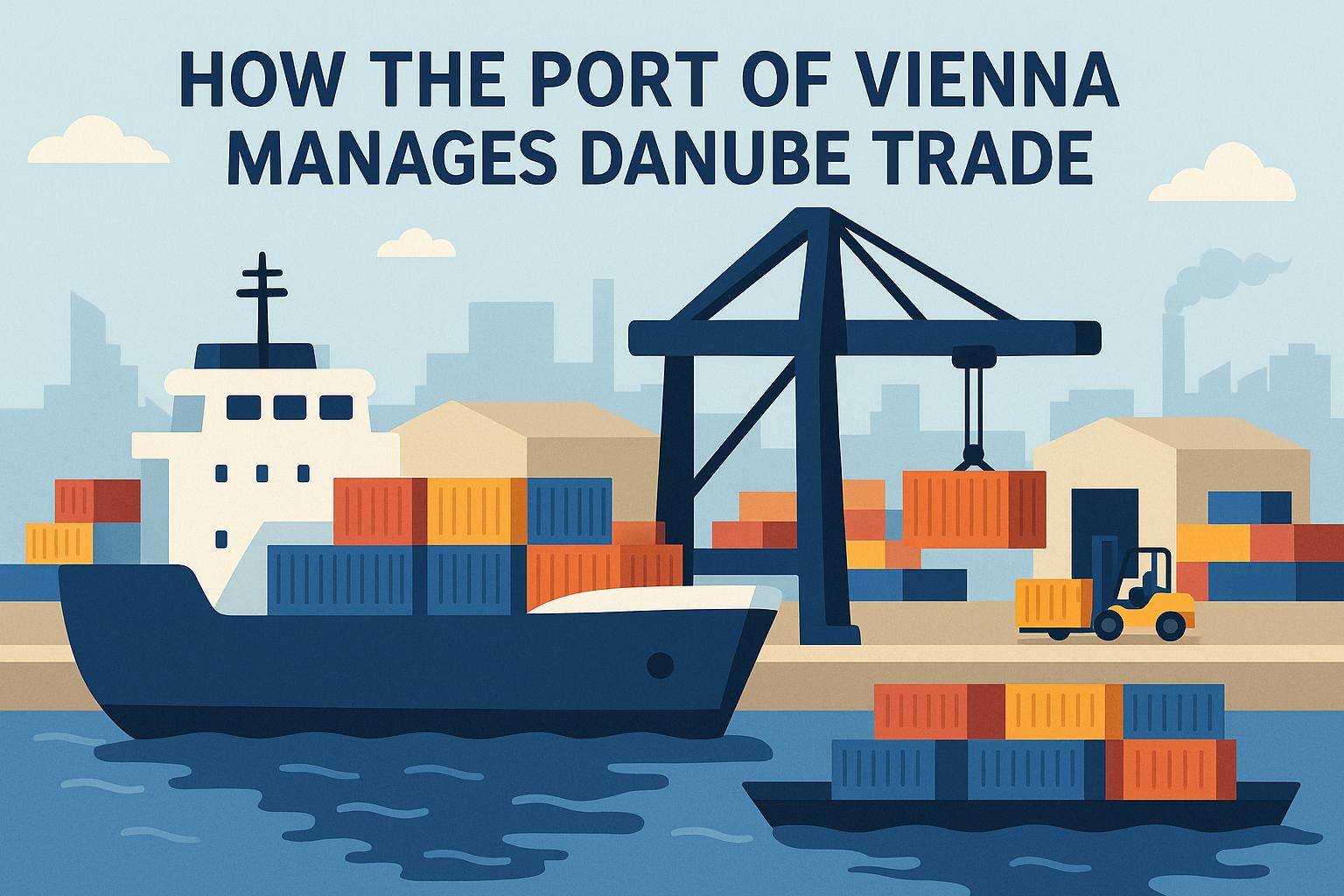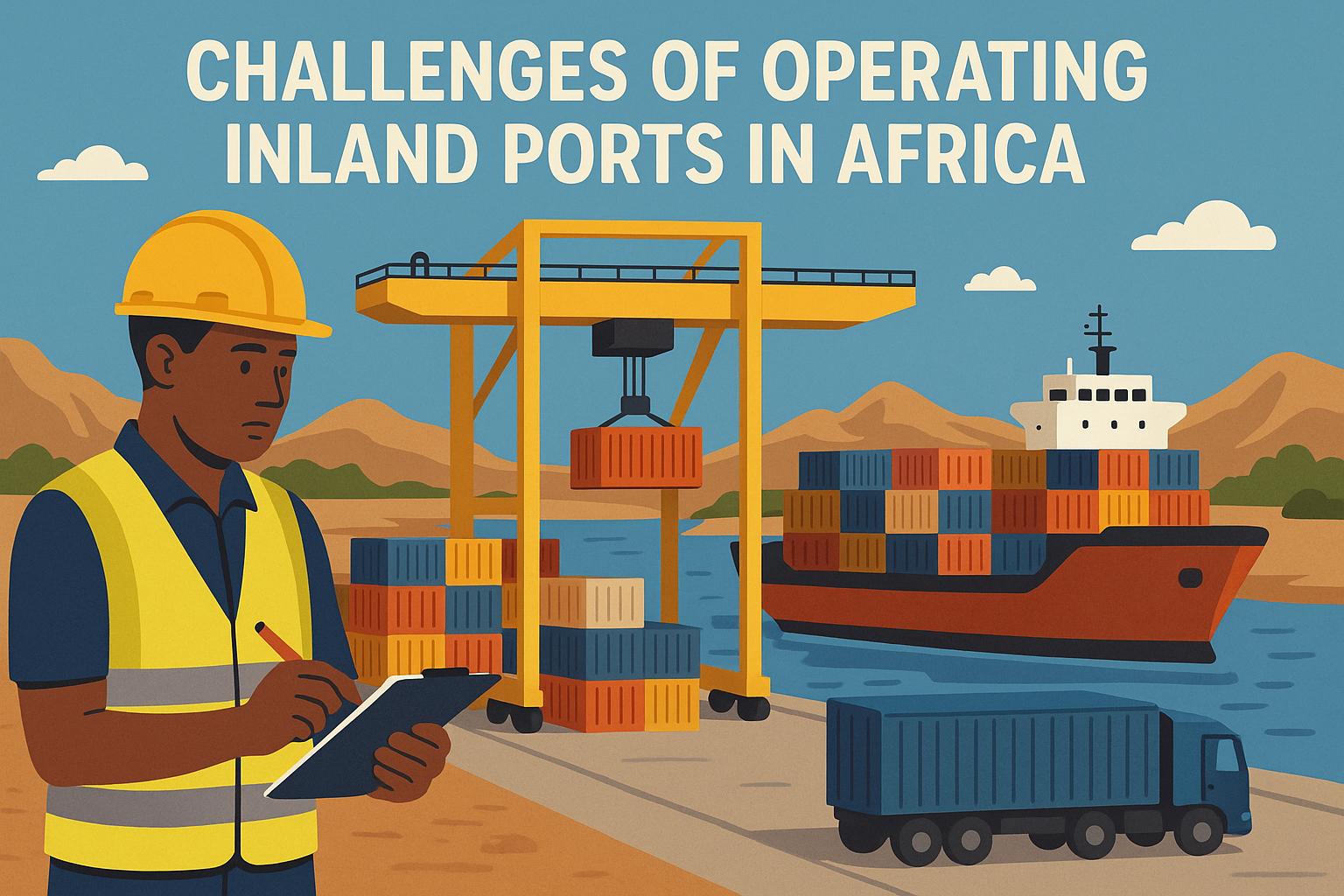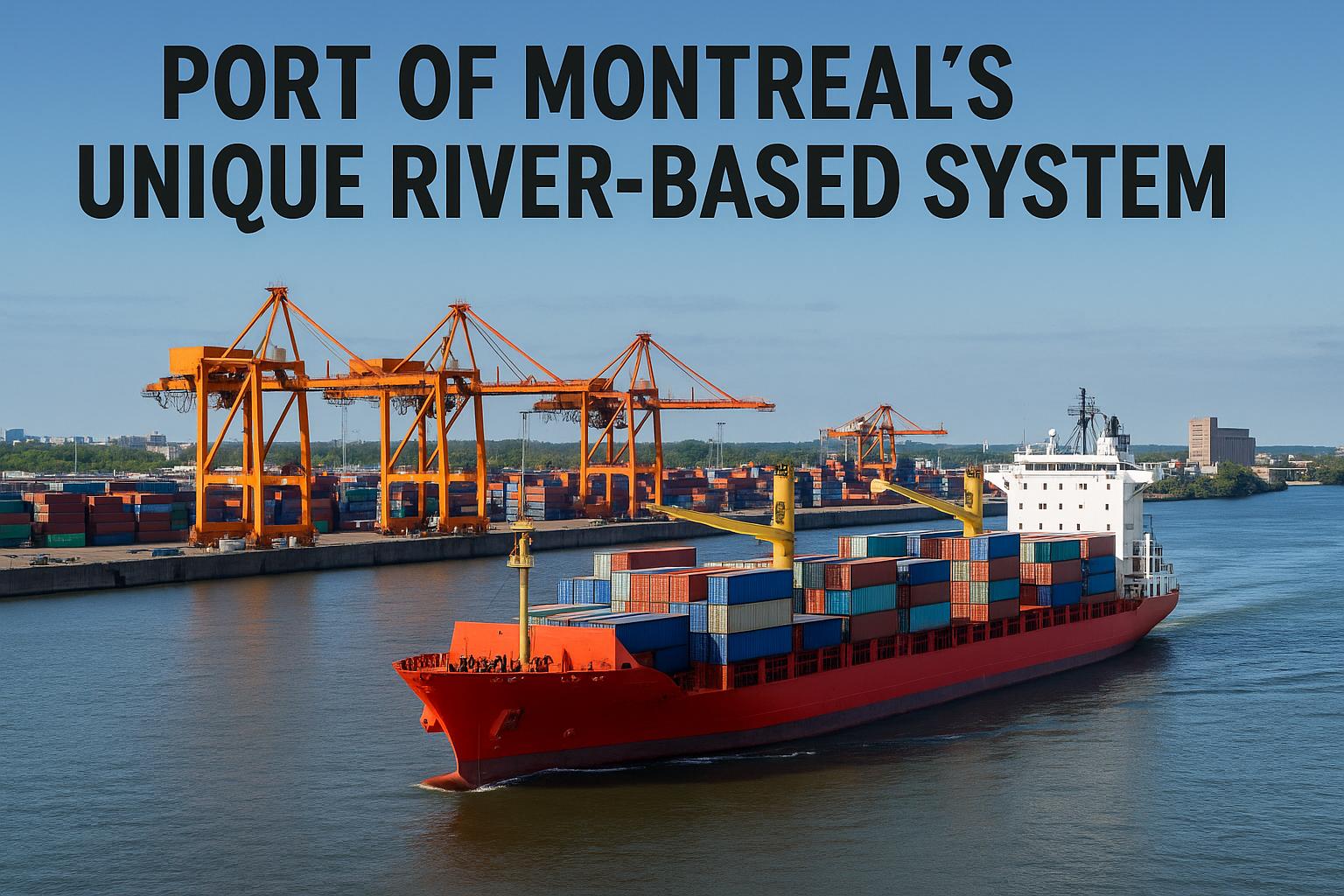The Significance of the Port of St. Louis
The Port of St. Louis, strategically located along the mighty Mississippi River, stands as an essential component of the United States’ complex inland river system. Situated at the geographic heart of the nation, it functions as a crucial hub for the transportation and distribution of goods. This pivotal infrastructure not only serves the immediate region but has implications for national and even international trade networks.
Geographic Advantage
One of the most notable aspects of the Port of St. Louis is its geographic advantage. Conveniently located at the junction where the Mississippi and Missouri Rivers meet, this port serves as a gateway to an extensive network of waterways. These vital channels connect diverse regions across the United States, facilitating the efficient movement of goods. Because of its central position, St. Louis acts as a natural transit point. This location allows for ease of transport, particularly for commodities moving from agricultural heartlands to the industrialized areas of the Midwest. Additionally, this geographic positioning enables it to serve as a logistical bridge between northern and southern, as well as eastern and western, U.S. markets. This connectivity emphasizes the importance of the port in maintaining the flow of goods across long distances.
Infrastructure and Capacity
What makes the Port of St. Louis particularly effective is its robust infrastructure. Numerous facilities and terminals are established to manage a diverse range of cargo efficiently. The port is specifically designed to handle bulk goods, such as vast quantities of agricultural products, essential raw materials, and manufactured items. This extensive network aids the seamless transit and swift turnaround times for shipments. The infrastructure is continually optimized to accommodate large volumes of cargo without delays, which is crucial for sustaining operational capacity. Moreover, continual enhancements in loading and unloading technology help in maintaining high efficiency, ultimately lowering the cost of transportation for businesses utilizing the port.
Economic Impact
The economic importance of this port is immense. It significantly influences the regional economy, providing numerous direct employment opportunities in various fields such as logistics, manufacturing, and trade. Beyond merely creating jobs, the port’s operation stimulates local businesses. Its activities have a domino effect, boosting economic activities throughout the region. The increased demand for services and goods because of the port’s operation benefits many related industries, thereby reinforcing its status as an economic engine. In terms of national economic contribution, the port serves as a critical linchpin, aiding in the smooth operation of the national supply chain.
Environmental Considerations
As with any major industrial operation, environmental considerations are a focal point. The Port of St. Louis recognizes its ecological responsibilities and has implemented several initiatives to minimize its environmental footprint. Measures have been put in place to improve water quality, ensuring that the surrounding ecosystem remains healthy. Efforts to reduce emissions from port operations are ongoing, utilizing technology and best practices to mitigate air pollution. The emphasis on sustainable practices strikes a balance between harnessing economic opportunities and ensuring ecological responsibility, thereby setting a precedent for similar ports across the nation.
Future Prospects
Looking toward the future, the Port of St. Louis is well-positioned for further growth and development. Active investments are being made toward technological advancements, which are essential for maintaining competitive edge. Infrastructure improvements are underway, promising to enhance operational efficiency even further. The adoption of innovative solutions aims to increase the port’s adaptability to the ever-changing demands of global trade. These future-oriented strategies will likely bolster the port’s competitiveness, ensuring that it remains a top choice for domestic and international trade routes. Through continuous modernization, the port is expected to rise to meet the challenges posed by dynamic global trade dynamics, ultimately safeguarding its pivotal role in the inland waterway network.
Conclusion
In conclusion, the Port of St. Louis holds a significant place within the framework of America’s inland waterway trade. Its geographic advantage as a central hub, coupled with its well-established and continually improving infrastructure, underscores its importance. The economic impact of the port stretches beyond its immediate locale, resonating through regional economies and extending to national trade strategies. Environmental responsibility forms a core aspect of its operations, ensuring that economic activities align with ecological safety. Future growth prospects look promising, supported by planned advancements in both technology and infrastructure. All these factors solidify the Port of St. Louis as a key player in the national transportation landscape.
